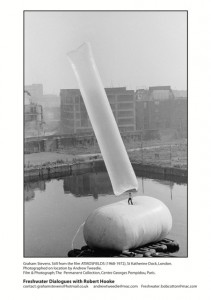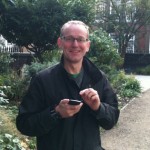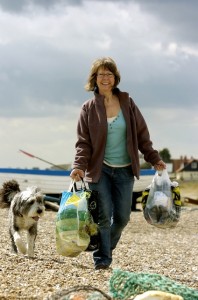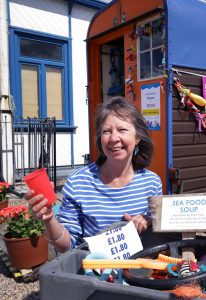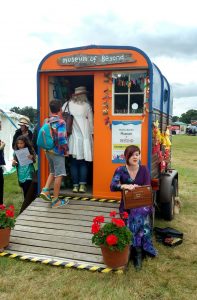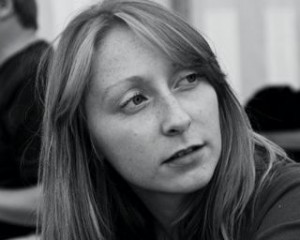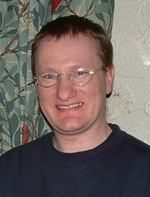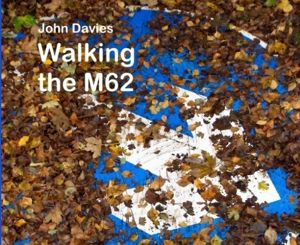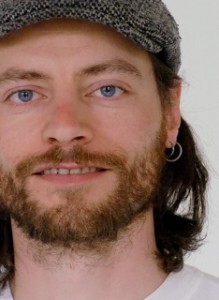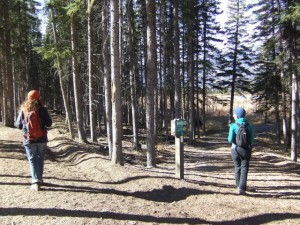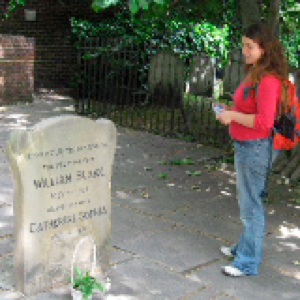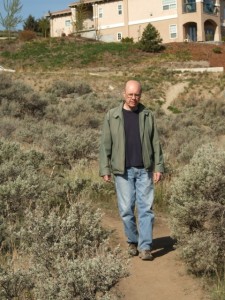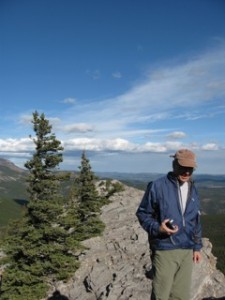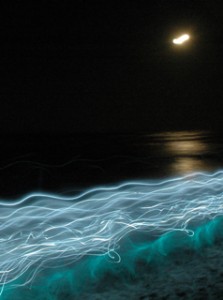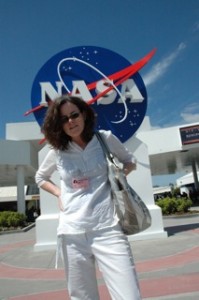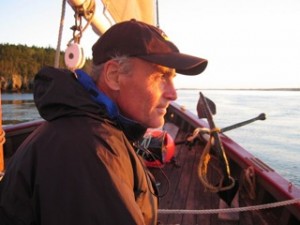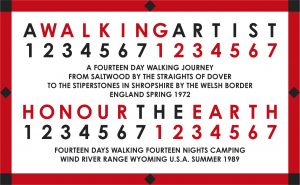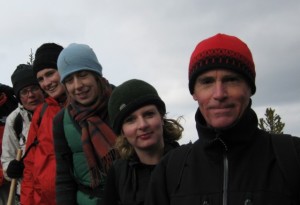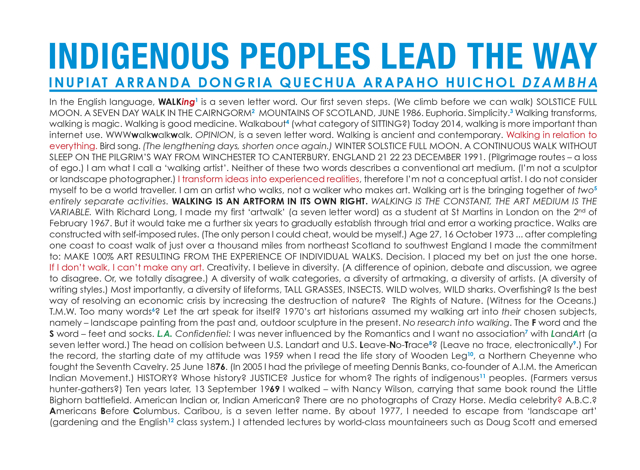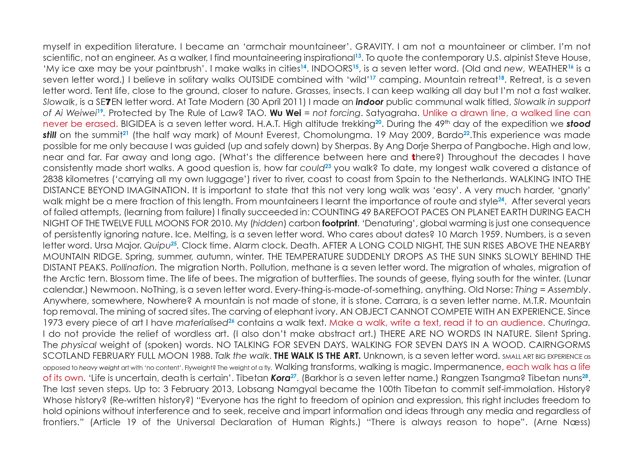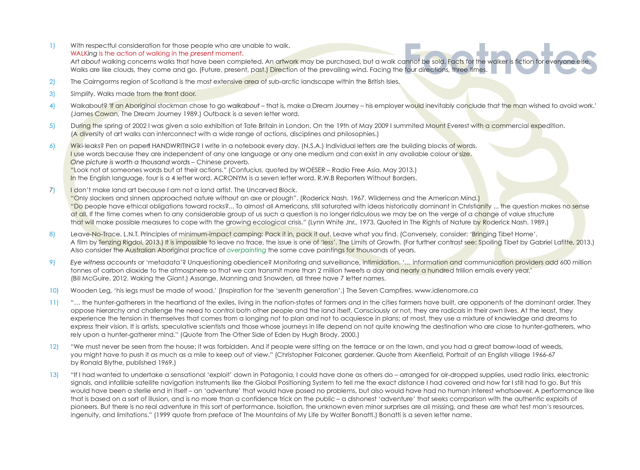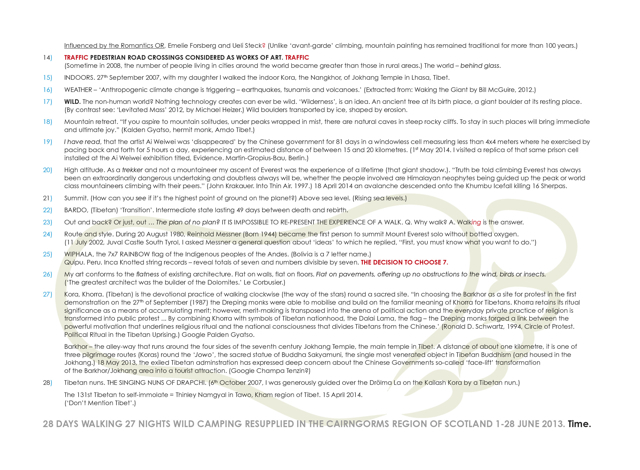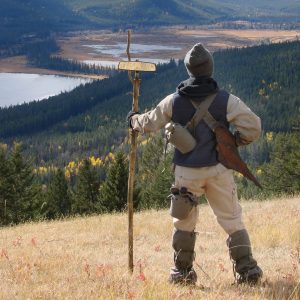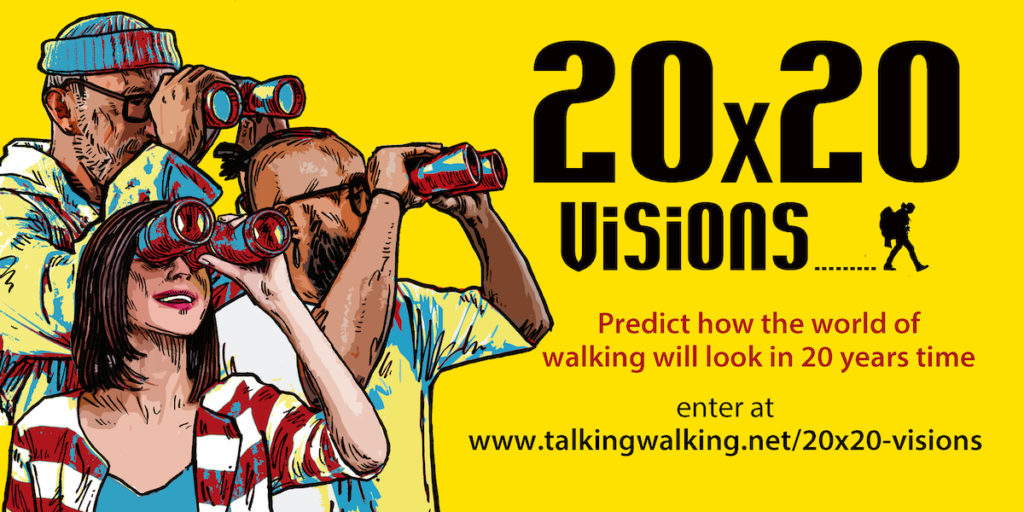Podcast: Play in new window | Download
Subscribe:
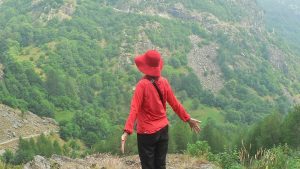 An interview with Viv Corringham a British vocalist and sound artist, currently based in New York City, USA, who has worked internationally since the early 1980s. Her work includes music performances, radio works, audio installations and soundwalks. She is interested in exploring people’s special relationship with familiar places and how that links to an interior landscape of personal history, memory and association. 22’52” 10.7MB
An interview with Viv Corringham a British vocalist and sound artist, currently based in New York City, USA, who has worked internationally since the early 1980s. Her work includes music performances, radio works, audio installations and soundwalks. She is interested in exploring people’s special relationship with familiar places and how that links to an interior landscape of personal history, memory and association. 22’52” 10.7MB
Download notes of items mentioned in this episode: Viv Corringham
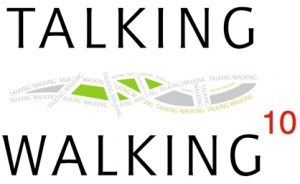 What has Viv Corringham done since our interview?
What has Viv Corringham done since our interview?
“My series “Shadow-walks” continues into its second decade. So far the project has occurred in twenty six places in Asia, Europe, Australia and America. The process is straightforward. I arrive in a new place and ask local inhabitants to take me on a special walk, one that has been repeated many times and has meaning or significance for that person. While walking together, I record our conversations and the sounds of the environment. I then go back along the same route alone, trying to get a sense of my previous companion’s traces on the walk. Then I sing what I feel using wordless improvisations.
The many hours of recordings made in the place are then taken back to my studio, selected and edited together to become the final work, the Shadow-walk. These raw materials are my singing, the conversations and the environmental sounds.
I began Shadow-walks after finishing a different project, one that required me to walk the same route repeatedly over several months. When I no longer did this daily walk I was surprised to notice my sense of nostalgia for it. It had become my “special walk” with some significance for me. I began to wonder whether this was a common experience for other people too; if a walk is repeated over and over again, does it become meaningful for that person as if they had left some part of themselves there? James Joyce wrote that places remember events. I find this idea very engaging – as if everything that happens leaves traces that we might be able to sense. If a person walks through certain places repeatedly, along the same route, does that act of walking leave a trace? In a sense Shadow-walks is an attempt to make a person’s traces, their shadow, audible through my singing, improvising voice.
It is important to me that these Shadow-walks are presented in some way in the places where they were made and to the people who walked with me. I have made them into audio-walks, concerts, radio works, an iPhone app and sound installations. In Athens I presented one as a walking, singing performance through the streets. In 2018 I toured in Hong Kong, China, India and Taiwan with a solo work called “Shattered song, shadow city”. It is based on Shadow-walks from five different countries and uses a multichannel setup plus live vocals. In 2019 I made Shadow-walks in Prespes Greece and in Mexico City, as well as leading several sound-walks and walking in Venice on an artist residency to create a musical tribute to Pauline Oliveros called “Listening for Pauline and IONE”.
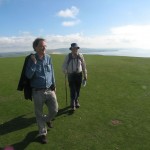 Graham Stevens an environmental scientist, avant garde artist and inventor walks the Robert Hooke trail as part of the “Freshwater Dialogues” for Dimbola on the Isle of Wight in September 2010. 19’56” 9.4 MB
Graham Stevens an environmental scientist, avant garde artist and inventor walks the Robert Hooke trail as part of the “Freshwater Dialogues” for Dimbola on the Isle of Wight in September 2010. 19’56” 9.4 MB
